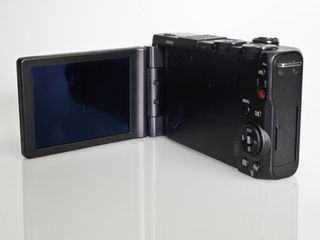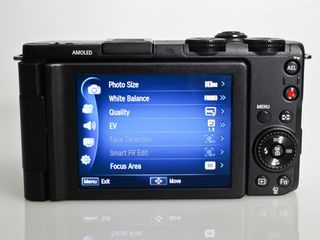TechRadar Verdict
Pros
- +
3-inch rotating AMOLED screen
- +
Manual exposure control
- +
Raw image recording
- +
Bright f/1.8 lens
- +
Good build quality
Cons
- -
Red channel noise in shadow areas above ISO 800
- -
Slow continuous shooting speed
- -
Fiddly rear control dial
Why you can trust TechRadar
Whereas it used to be the number of pixels by which digital cameras were judged, the emphasis has shifted to how well cameras cope in low light conditions. The Samsung EX1 - known as the TL500 in the US - costs around £300 or US $430 and includes a bright f/1.8-2.4 Schneider lens that covers a 3x zoom range equivalent to 24-72mm on a 35mm camera. It also has a larger than normal 1/1.7-inch CCD sensor.
Having a bright maximum aperture makes more light available to the sensor for imaging, which in turn should reduce the ISO sensitivity required for a certain scene.
The maximum resolution of 10MP is quite modest by today's standards, coming in much lower than the 16MP on Samsung's own MV800, the 14MP on the Nikon Coolpix S3100 and even the 12MP on the Fuji FinePix X10. But the larger surface area per pixel should help the Samsung EX1 to maintain decent image quality at high sensitivities.

Other stand-out features on this compact camera include the 3-inch rotating AMOLED screen with a resolution of 921,000 dots, and 720p high definition video recording with HDMI connectivity.
Enthusiasts will be glad to hear that raw image recording is supported, along with full manual exposure control.

Casual photographers, meanwhile, are catered for with a comprehensive range of scene modes and Smart Auto 2.0, which aims to automatically choose the correct scene program for the conditions.

